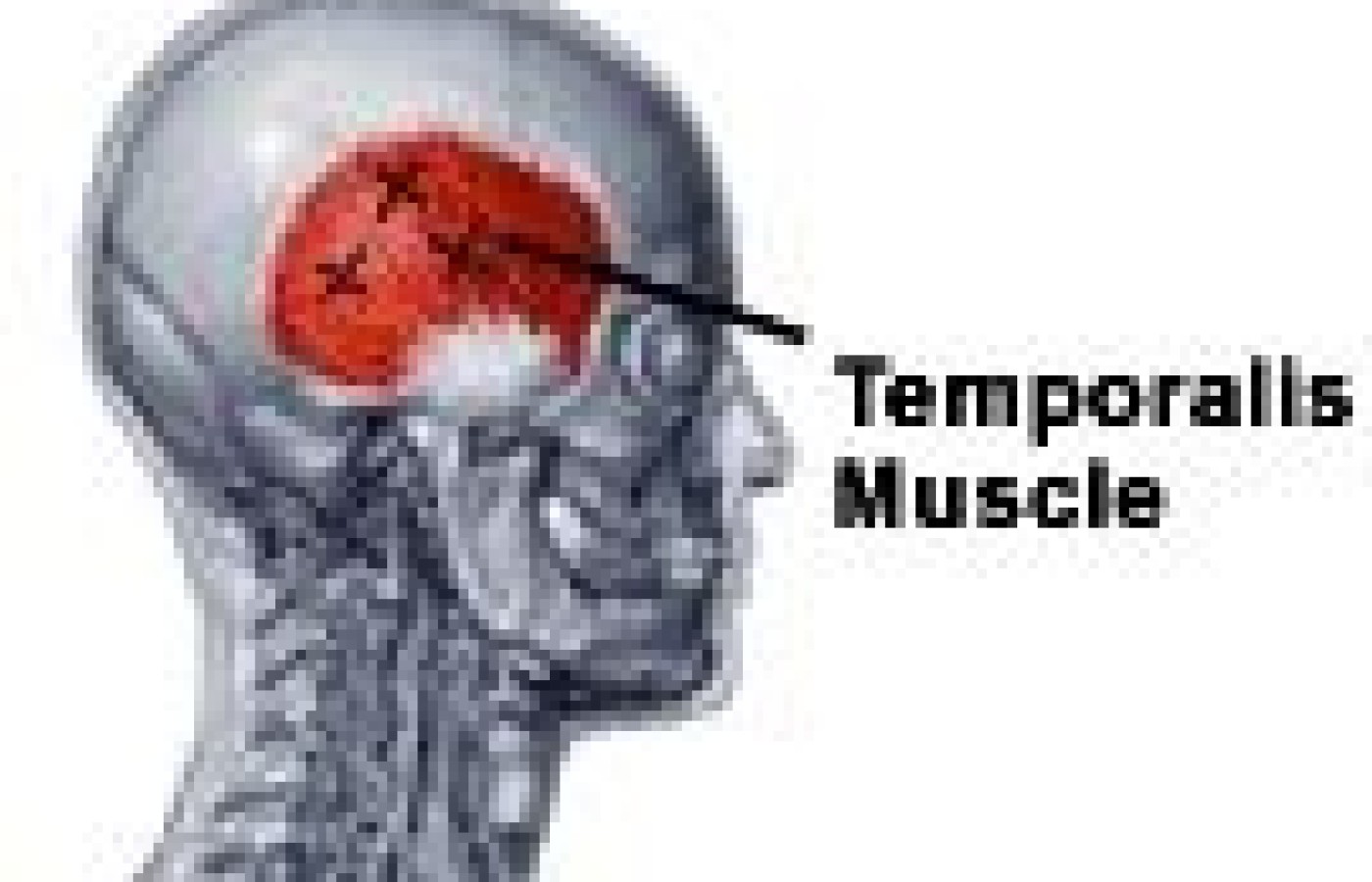One of the longest nerves in the body is known as the vagus nerve (VN). The VN is the 10th pair of cranial nerves that originates at the brain stem in the medulla oblongata. This nerve is part of the parasympathetic nervous system, which is a part of the ANS. Research suggests ear acupuncture can activate the VN.
A Different Approach to TMJ Treatment
TMJ or temporomandibular joint disease is a common problem with a complex treatment. The usual symptoms are: numbness of the jaw and temporal area, and dull and/or sharp pain of previously mentioned areas (temporal headache). Some of the causes of TMJ include stress (grinding the teeth), direct trauma, or bad diet habits.
The majority of these patients use dental appliances or pain medication: 800 milligrams of ibuprofen (Motrin) three times a day or 500 milligrams of naproxen two times a day, with no avail.

Examination of the affected areas (temporalis muscle and the mandibular joint) begins with light to moderate digital palpation of the TW and GB meridians around the ear. A series of trigger points will be discovered that, when palpated, will produce local and/or referred pain (referred pain/numbness toward DU20 or the jaw). Other trigger areas involved coincide with acupuncture points, primarily SI18 and 19; GB2; TW2; and tae yang (extra point), and secondarily TW16 and 17 and GB12 and 31.
Technique used: Chinese acupuncture needles (# 38 gauge), one inch long.
Microcurrent device used: Acutron Mentor, polarized 75 microamp pads. Microamp stimulation lasts for 20 minutes (the microamp stimulation is not noticeable for the majority of the patients).
Treatment points: the selection of points switches between the temporalis muscle trigger points and SI19, GB2 and TW21. These points are connected to 2-4 trigger areas in the iliotibial tract (GB31, superficial insertion, slant direction, in general contralateral, with pads on top of the needles). The acupuncture needles are inserted with the stimulation pads on top of the needles for GB31 and the trigger areas close to it (the pads used are Zimmer, single use). The technique used with the local points is to attach the Acutron terminals to the needles with alligator clips.
Treatment duration: The treatment frequency is once a week for 4-6 weeks. Within 6-8 treatments, the patient should be able to feel some improvement: pain and/or burning is reduced, the range of motion of the jaw is increased, and pain medication is reduced or discontinued.

As with almost all muscles disorders, the indication of the appropriate stretching exercises for the muscles involved will assist in a speedy recovery. A course of daily stretching exercises is recommended as part of the protocol to reduce stress of the temporomandibular joint. The stretching exercises are done three times a day, five times each session, maintaining the stretch for five seconds. It is convenient to apply heat for 15 to 20 minutes before the stretching exercises are done to increase the elasticity of the muscles, and ice (five minutes, if needed) afterward to reduce the inflammation produced by the stretching exercises. A bland diet is another way to reduce the stress to the joint.
Other treatments: Local taping (stretching tape) is used to reduce the tension of the muscles involved (myofascial release). Some patients respond to a single cortisone injection (administered locally to reduce the inflammation and edema of the muscle/joint). Surgery is another approach that may be needed in some patients.
If you have any questions about the treatment described in this article, please contact me at the address below.



